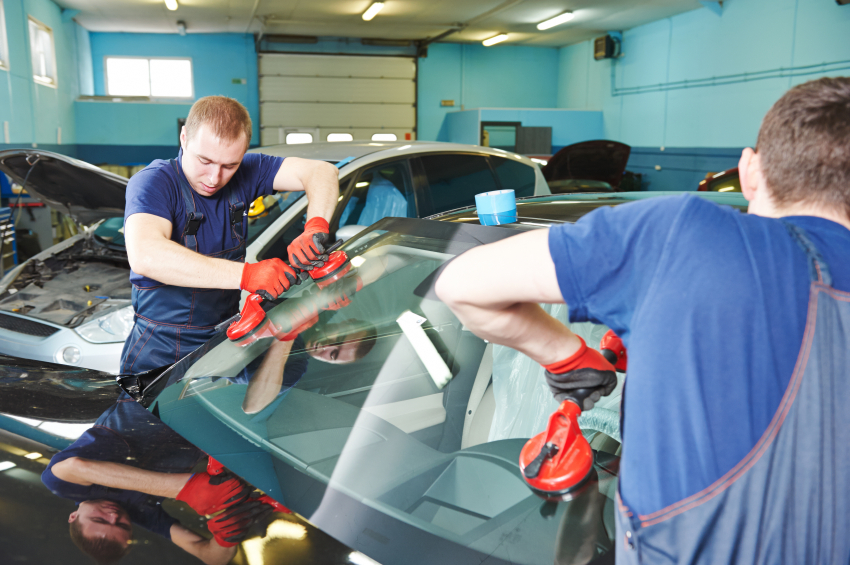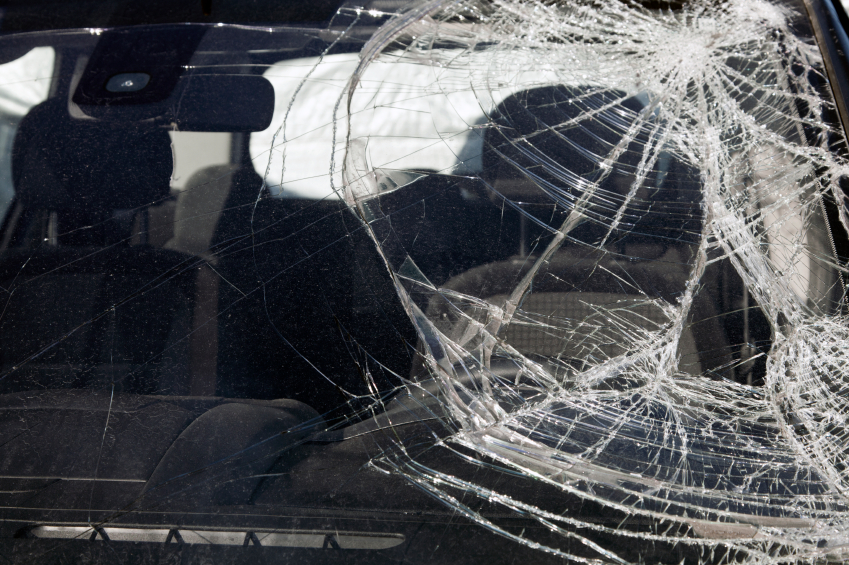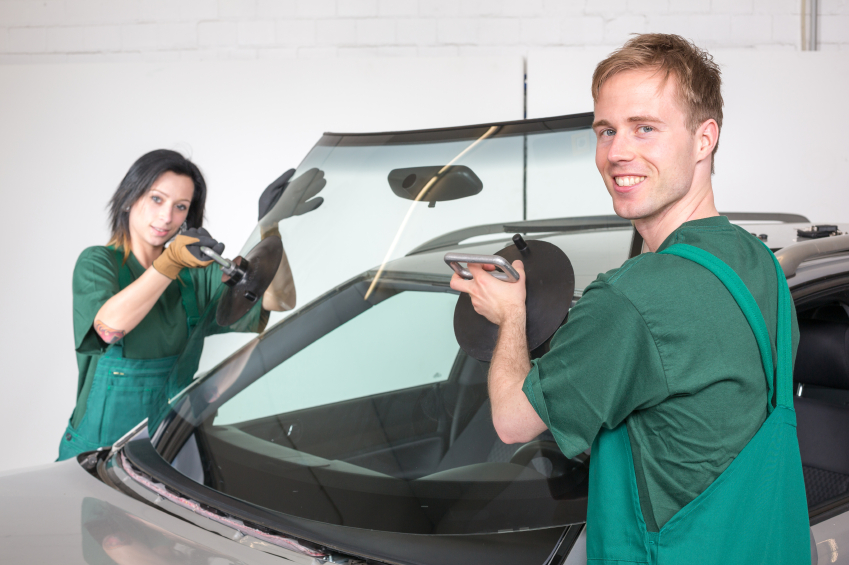
A cracked windshield is more than just an inconvenience, as anything that obstructs a driver’s vision is a serious safety hazard. It is an offence in most provinces to drive with a broken windshield. In fact, drivers caught doing so in British Columbia will be issued with a fine, and a timeframe to rectify damage. Additionally, even the smallest chip can quickly grow into a large crack, so getting repairs done quickly is crucial.
For aspiring auto body technicians, windshield repair is constantly in high demand, and learning the basics of the process is a crucial part of their training.
Auto Body Training Basics: Different Types of Windshield Damage
Windshields contain two layers of glass between an inner laminate of Poly-Vinyl Butyral (PVB), which protects it from shattering in the case of a collision. As a result, in most circumstances, windshields will crack rather than fall apart when struck. Some of the most common types of windshield damage auto body training students will encounter include:
- Star Breaks; short radial cracks emanating from an impact point
- Bulls-Eye/Partial Bulls-Eye; damage caused by a circular object
- Crack Chip; a single crack the size of a quarter
- Pit; a small piece of missing glass from an area
- Stress Crack; cracks caused by temperature variations rather than impact

How Professionals with Auto Body Training Repair Windshield Cracks
Students enrolled in auto body repair courses learn to repair windshield damage by injecting a clear resin into the outer layer of glass to fill in the crack. The area is then polished and cured to restore its appearance. If the damage extends to the inner PVB layer, technicians may use a drill to make the hole deeper, allowing the resin to restore the PVB as well.
Most shops can repair cracks up to three inches long quite easily, and some facilities can fix cracks up to twelve inches in length without replacing the windshield. However, there may be safety concerns to consider, depending on the location of the crack. For instance, cracks on the edge of the windshield can damage its structural integrity. In addition, as repairs can cause discoloration, cracks located directly in the driver’s line of sight often cannot be repaired.
Auto Body Training Teaches Students How to Safely Replace Windshields
If the entire windshield needs to be replaced, technicians will protect the surrounding car body and interior with canvas, before cutting and removing the windshield from its frame. They will then coat the inside of the fame with primer and the edges of the glass with polyurethane sealer. The windshield will then be fitted and bonded to the frame. The process usually takes between 30 to 60 minutes, with the adhesives requiring a further hour to set completely.

Interested in a career in auto body repair?
Visit ATC for more information or to speak to an advisor.

